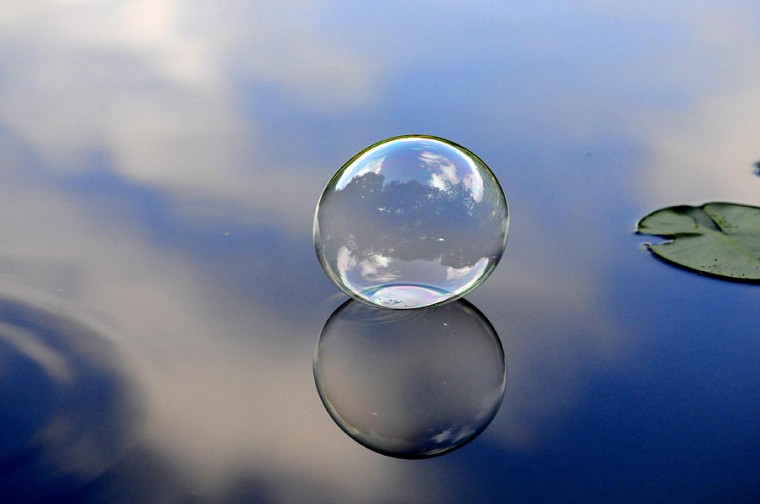
I often create my weekly theme based on what I need to personally tap into and stillness just seemed to be the perfect fit. We're in peak season, my schedule is full, and I'm seeking those still moments to balance out the ones in motion.
On Monday morning before my week began with this theme, I awakened to a beautifully peaceful morning. And then, wham! The wind picked up as though someone had flipped the switch of a movie set wind machine for special effects. As I looked outside and saw the branches being flung around, I thought to myself, "Oh...there's this weeks theme!". We can be in moments of stillness and unexpectedly hit turbulence as life seems to be swirling around us. Related to that, another cool thing happened as I discovered a hummingbird's nest in a ficus tree outside our bedroom window. Not knowing if it was an old nest, I grabbed a chair to get a better look and as I peeked into the nest there were two "tic-tac" like eggs! We're going to have hummer babies! I hadn't yet seen the Mama but shortly thereafter, she appeared and sat upon the nest. All was as it should be in the life of a hummingbird!
On the day when the wind picked up, my heart skipped a beat as I had this image of the Mama and nest being knocked to the ground. Running to the bedroom window, I was relieved to see the Mama sitting quietly on the nest, eyes closed as she simply went with the movement of the wind. Again I thought, "There's stillness in action!". She sat motionless, seemingly relaxed despite the windy chaos around her.
My point is, stillness sits somewhere within us, it's not just a theoretical idea, but an actual physical sensation. Stillness is very much like silence in that we're often not comfortable with it. So often we have this underlying kinetic calling to move, fidgeting and twitching if we get too physically quiet. We fill the silence with some sort of "white" noise or background music. We can learn to be in both these places of silence and stillness through our practice and perhaps you're asking, "so why does it matter if we're fidgety and like noise?".
It matters because this is one way in which we begin to "still the fluctuations of the mind" as described in the Sutras of Patanjali (1.2 "yogas citta vritti nirodha"). My teacher, Judith Hanson Lasater, translates this as "yoga requires the stilling of the fluctuations of the mind". When our thoughts are flying around us like hummingbirds, hijacking any sense of calm, we can get pulled into thought patterns that actually create suffering rather than offering peacefulness. As we drop into stillness, we can better hear our inner voice, perhaps the sound of a deep whisper that's longing to be heard. When we get quiet, we can dust some of the noise off of this voice and deeply listen.
This week we've been exploring how physically still we can become and in the process, allowing ourselves to get super curious as to where we "feel" stillness living within us. For me, I get a sense of steadiness by focusing on my forehead, around the area of the third eye and into the inner corners of the eyes. Another person shared this week that they could sense stillness in their fingertips; so it doesn't matter where in your body you connect to stillnes as long as you know where it is. Once you find this still point, you can note it as "home" and anytime you're sitting amidst chaos, fear, or turbulence, coming "home" can help to steady the unease.
I once had the pleasure of meeting Julia Butterfly Hill, who spent 738 days living in a 1500-year old California redwood tree. She wrote the book, "The Legacy of Luna" where she describes being on her tree platform and getting tossed around in a storm. She was scared, fearing a fall would result in her being killed. She clutched to Luna and says in her connection to this incredibly old being heard Luna say, "Don't hold on so tightly. Soften your grip and go with it. Trust me." By dropping into her own inner voice, holding on for dear life, she heard an ancient truth being spoken. Softening our grip and allowing ourselves to simply be, allows us to connect to that inner stillness.
It may be life-altering. Time to go home...




